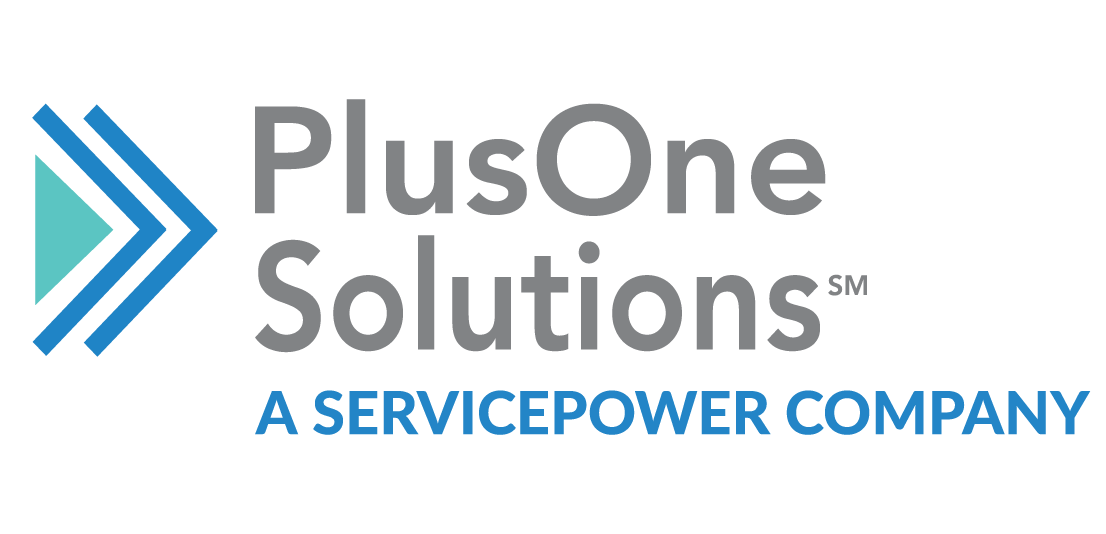Maintaining a safe and productive workplace is a high priority, whether you run a warehouse, retail store, accounting office or any other type of working environment. That means you want to make sure your employees are bringing their best every day and acting responsibly while they’re on the clock. An important element of this is ensuring your team members stay away from alcohol and drugs while on the job.
Employees who show up for work impaired risk the safety and productivity of your workplace, no matter the context. For example, forklift drivers who have been drinking on the job create a highly dangerous situation for co-workers, company assets and themselves. White-collar workers who suffer from substance abuse issues are often unreliable, allowing their addictions to impact their judgment and keep them from being at their most productive.
Of course, employers can’t control what employees do during their off hours, but it’s in their best interests to hold them accountable for their behavior when it impacts co-workers and the company itself. This is what makes drug and alcohol testing crucial, as it provides a way for employers to protect their workplaces and offer employees with substance abuse problems the first step in getting help. But the complexities of testing make it necessary for companies to understand what they’re getting into before they undertake any such efforts.
Types of Alcohol and Drug Tests
Creating a drug- and alcohol-free workplace begins with understanding the options employers have when it comes to testing. There are many different types of tests available through third-party providers or integrated into your internal HR department, and they have their own advantages and shortcomings. The three main types of tests for drugs and/or alcohol are:
- Breathalyzer: Long used primarily for detecting recent alcohol consumption, new technologies are making it possible for breathalyzer testing to detect the presence of drugs including cannabis, cocaine and methamphetamines. However, these technologies remain in the research and development phase, with no practical applications yet realized. In terms of alcohol, breath tests can be effective in determining someone’s blood alcohol level, but there are some limitations to this. For example, they may only detect recent consumption within the past few hours. Other factors also may influence the accuracy of the results such as the consumption of certain foods and the individual’s metabolism.
- Urine Tests: Testing an employee’s urine sample can be effective in determining the presence of alcohol and many drugs in his or her system. One of the most accurate urine tests for alcohol is the EtG test, which measures the level of ethyl glucuronide left behind as the body metabolizes alcohol. Urine tests for drugs are commonly employed because they can detect trace amounts for up to several days after consumption. The fact that samples are relatively easy to collect also makes urine drug testing the preferred choice in many contexts. However, they are not effective at determining someone’s current level of impairment and can produce false positives in many situations.
- Blood Tests: Although blood tests for drugs can produce highly accurate results, there are many reasons why they are not as practical as other solutions. One of the most significant of these is the cost, with blood tests being much more expensive than urine tests. Traces of drug use also expire faster in the bloodstream than in urine or saliva, meaning there’s a smaller window of detection. Of course, one of the biggest obstacles to using blood testing as a tool for employers is how intrusive it is. Drawing blood from employees is much more involved than collecting a urine or saliva sample, and for that reason it tends to be used much more often in a medical or forensic context.
Legal Requirements and Compliance
With a few notable exceptions, by and large employers are not mandated to perform drug and/or alcohol screenings on employees. The exceptions include the U.S. Department of Transportation, which mandates drug and alcohol testing for many employees when there is a possibility of an extreme safety hazard. According to the Drug-Free Workplace Act of 1988, federal contractors are required to have workplace programs to prevent drug and alcohol use. Testing is considered a sign of compliance with these guidelines, although it is not specifically required by the law. Individual states often have their own requirements for testing employees, so it’s recommended that employers find out whether any of these apply to them.
Where employer alcohol and drug testing is restricted by law is in how the tests may be administered. In particular, Title VII of the Civil Rights Act of 1964 makes it illegal to single out individuals for drug testing based on protected classes. In addition, the Americans with Disabilities Act of 1990 prevents employers from asking job applicants if they have ever taken part in a rehabilitation or recovery program for substance abuse.
Implementing Drug Testing Policies
Employers who wish to implement drug testing in their workplaces should be aware of some best practices:
- Use Non-Invasive Testing Methods: Blood tests are too invasive for many employees, which can have a chilling effect on participation.
- Follow Privacy Laws: Laws regarding workers’ rights and privacy concerns should be followed in all respects, including those regarding informed consent and discrimination based on protected class status.
- Communicate Procedures Clearly: Employees should be made aware of the policies surrounding drug testing, and these should be well documented.
- Focus on Safety: When crafting policy, employers should make it clear that the goal is enhancing workplace safety, rather than punishing employees for their behavior. This helps reduce friction between employees and employers.
Depending on the situation, employers may implement random drug tests to ensure compliance. The same best practices apply in these situations, as well, with an added emphasis on clear communication and a focus on a culture of safety.
Substance Abuse Treatment and Rehabilitation
As part of a workplace substance abuse prevention program, it’s recommended that employers provide employees access to addiction treatment services. This can help ensure employees participate in testing because it communicates that the goal is not to weed out those with substance abuse issues but rather help create a healthier and safer workplace.
Let PlusOne Screening Solutions Help
PlusOne Screening Solutions offers a wide range of alcohol and drug testing services and solutions designed to help employers ensure a safe and productive working environment for all. Choosing to work with us means companies can take the burden off their internal HR departments while ensuring compliance with any relevant regulations. To learn more about our complete suite of services, reach out and speak with a member of our team today.



